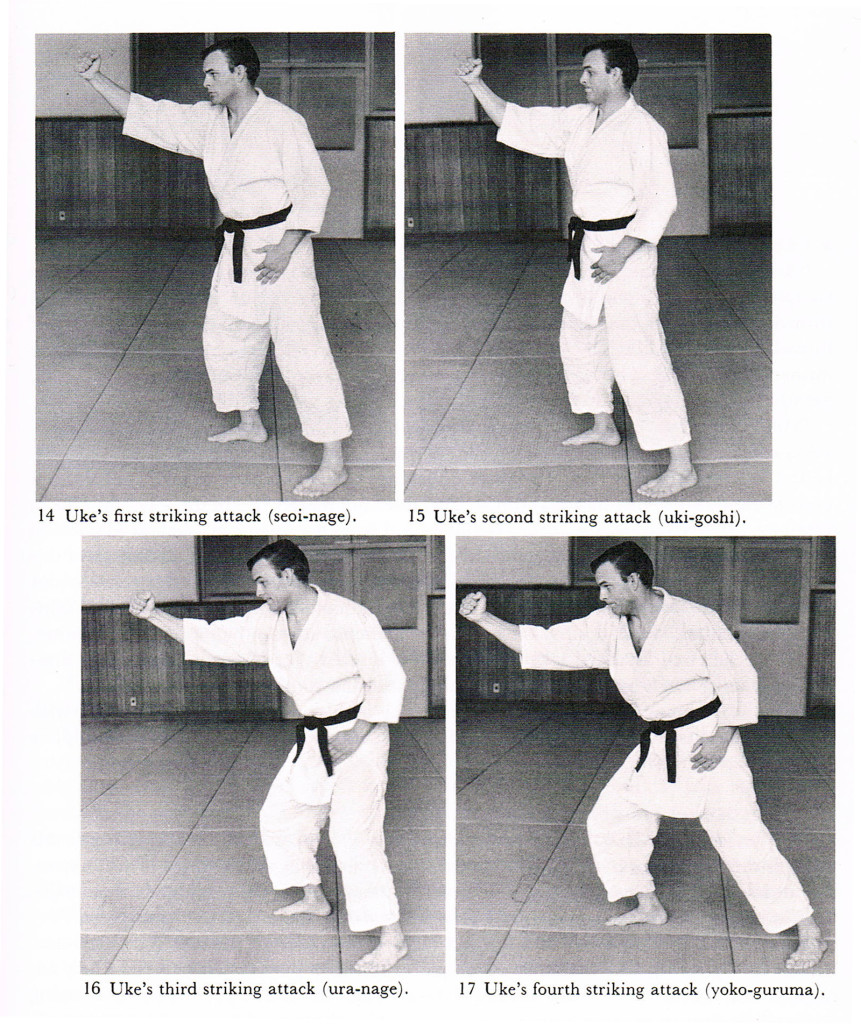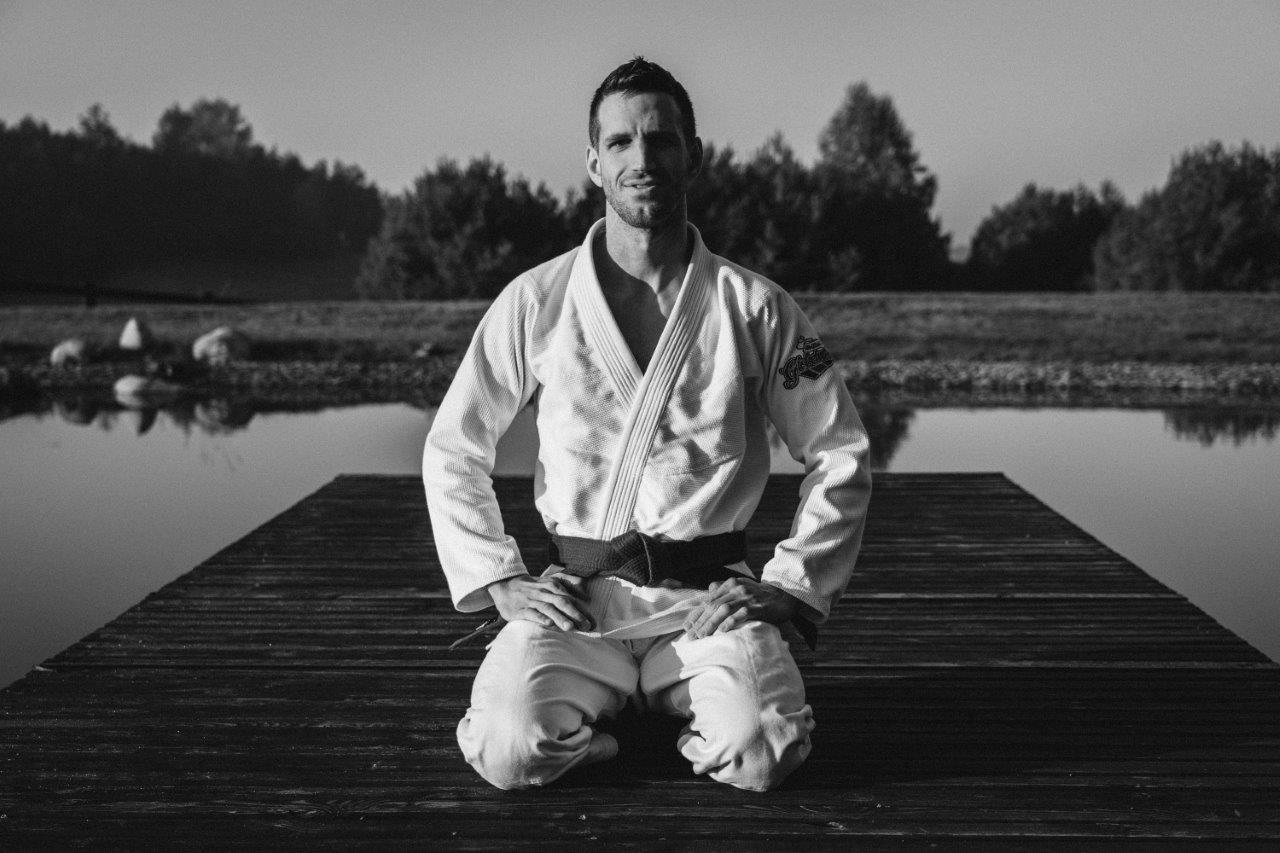Strikes in Nage-no-Kata
Blog by Sebastiaan Fransen, 5th dan Judo
Otaki and Draeger provide a detailed description of the Kodokan Randori-no-Kata in their book, “Judo Formal Techniques.” The Randori-no-Kata consists of Nage-no-Kata and Katame-no-Kata.
In this blog, I discuss the strikes used in Nage-no-Kata. The book elaborates on uke’s progressive understanding of his attacks. Uke learns from previous attempts, subtly altering each subsequent strike.
Strikes in Nage-no-Kata
Otaki and Draeger’s book offers substantial detail, focusing not only on technical execution (omote) but also on underlying principles (ura). It includes special sections on movements, stances, and breakfalls.
Several pages are dedicated to strikes in Nage-no-Kata, highlighting subtle differences in uke’s attacks. Uke progressively learns from each attempted strike aimed at tori’s head, refining his approach. Nage-no-Kata includes four strikes associated with throws: seoi-nage, uki-goshi, ura-nage, and yoko-guruma.
Seoi-nage
Uke’s first strike is confident and somewhat reckless, as uke hasn’t yet experienced defeat. He attempts to strike tori backward and down to the ground, leaning forward with his weight shifting ahead. Tori effectively utilizes this momentum for seoi-nage.
Uki-goshi
Having learned from the initial strike, uke becomes more cautious. He restrains himself, centering his weight better and limiting forward momentum. Uke’s body is tense, still aiming to strike tori backward and down. Tori ducks beneath this restrained strike, executing uki-goshi.
Ura-nage
Not discouraged, but increasingly cautious, uke adjusts his strike by lowering his center of gravity slightly. He now intends to strike downward, akin to driving a stake into the ground. This is evident in the kata when uke misses over tori’s shoulder, allowing tori to position appropriately underneath uke and execute ura-nage.
Yoko-guruma
By the final strike, uke experiences some frustration from repeated defeats. He again provokes ura-nage but strategically keeps his rear foot slightly back, altering the throw direction. Tori, initiating ura-nage, encounters resistance. Uke further complicates the situation with a second attack targeting tori’s neck, forcing tori to bend forward. However, tori capitalizes on this moment, successfully performing yoko-guruma.
Kodokan’s Approach
Otaki and Draeger note historical indications of subtle distinctions among these strikes, though the Kodokan’s official descriptions do not explicitly recognize these differences in their documentation of Nage-no-Kata.
Practical Applications
What can you do with this information? If your focus is solely achieving higher ranks or medals, this background information is simply interesting. However, if you use kata as a learning tool, this knowledge provides fascinating study material. Exploring action/reaction patterns and varying strikes can profoundly enhance your understanding of kuzushi (balance-breaking), tsukuri (positioning), and kake (execution).
I welcome your thoughts and experiences on this topic. If you have additional insights or sources, please share them with the judo community.

